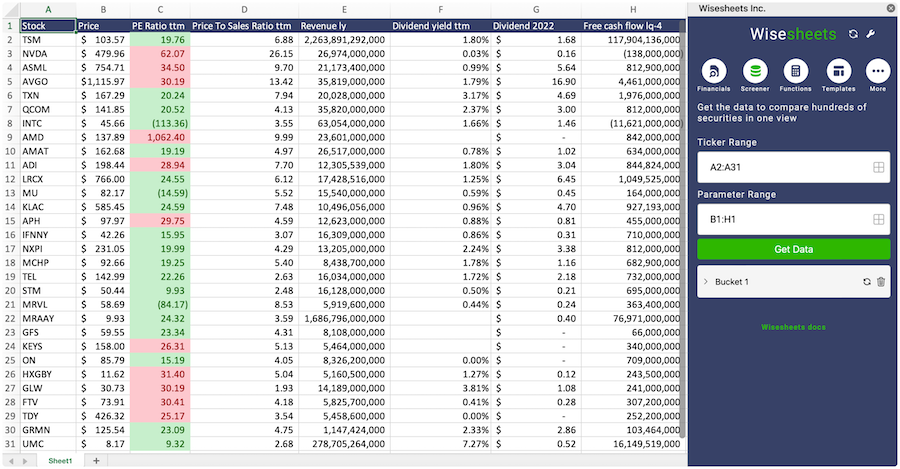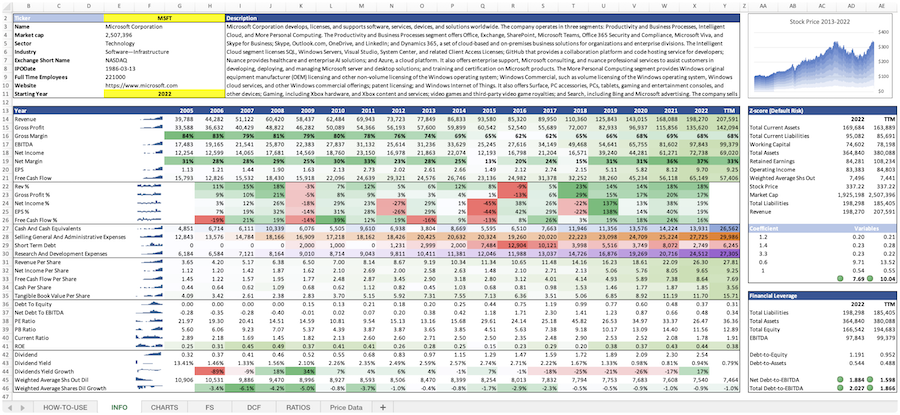Max India Limited
MAXIND.NS
Price:
$187.78
Market Cap:
$9.85B
Max India Limited provides services related to senior living communities. It owns, develops, constructs, operates, and establishes residential communities for seniors. The company also offers daily living and memory care, home care, management and consultancy, and shared services, as well as medicare products. In addition, it is involved in the learning and development activities; and leasing of real estate properties. The company was formerly known as Advaita Allied Health Services Limited. Max India Limited was incorporated in 2019 and is based in Noida, India.
Industry
Medical - Care Facilities
IPO Date
2020-08-28
Stock Exchange
NSE
Ticker
MAXIND.NS
PE Ratio
[-6.02]
ROE
[-36.92%]
Current Ratio
[2.03]
Dividend Yield
[0%]
Enterprise Value
[9.75B]
Dividend History
The PE Ratio as of December 2025 (TTM) for Max India Limited (MAXIND.NS) is -6.02
According to Max India Limited’s latest financial reports and current stock price. The company's current PE Ratio is -6.02. This represents a change of -12.55% compared to the average of -6.88 of the last 4 quarters.
Max India Limited (MAXIND.NS) Historical PE Ratio (quarterly & annually)
How has MAXIND.NS PE Ratio performed in the past?
The mean historical PE Ratio of Max India Limited over the last ten years is -11.79. The current -6.02 PE Ratio has changed 5.01% with respect to the historical average. Over the past ten years (40 quarters), MAXIND.NS's PE Ratio was at its highest in in the December 2019 quarter at 0.28. The PE Ratio was at its lowest in in the September 2021 quarter at -165.00.
Average
-11.79
Median
-7.67
Minimum
-37.25
Maximum
1.61
Max India Limited (MAXIND.NS) PE Ratio by Quarter and Year
Discovering the peaks and valleys of Max India Limited PE Ratio, unveiling quarterly and yearly fluctuations to gain insights into the company’s financial performance and market dynamics, offering valuable data for investors and analysts alike.
Maximum Annual Increase = 278.19%
Maximum Annual PE Ratio = 1.61
Minimum Annual Increase = -504.62%
Minimum Annual PE Ratio = -37.25
| Year | PE Ratio | Change |
|---|---|---|
| 2025 | -5.39 | -66.76% |
| 2024 | -16.23 | -56.44% |
| 2023 | -37.25 | 51.64% |
| 2022 | -24.57 | 278.19% |
| 2021 | -6.50 | -504.62% |
| 2020 | 1.61 | -133.88% |
| 2019 | -4.74 | -50.87% |
| 2018 | -9.64 | 9.00% |
| 2017 | -8.85 | 39.83% |
Max India Limited (MAXIND.NS) Average PE Ratio
How has MAXIND.NS PE Ratio performed in the past?
The current PE Ratio of Max India Limited (MAXIND.NS) is greater than its 3-year, greater than its 5-year, and greater than its 10-year historical averages
3-year avg
-19.63
5-year avg
-17.99
10-year avg
-11.79
Max India Limited (MAXIND.NS) PE Ratio vs. Peers
How is MAXIND.NS’s PE Ratio compared to its peers?
Max India Limited’s PE Ratio is less than KMC Speciality Hospitals (India) Limited (40.74), greater than Sastasundar Ventures Limited (-472.44), greater than Sastasundar Ventures Limited (-472.44), less than Megasoft Limited (9.35), less than Lincoln Pharmaceuticals Limited (12.10), less than Titan Biotech Limited (41.13), less than Virtuoso Optoelectronics Limit (73.90), greater than Themis Medicare Limited (-35.21), greater than Themis Medicare Limited (-35.21), less than Kwality Pharmaceuticals Limited (21.71),
| Company | PE Ratio | Market cap |
|---|---|---|
| 40.74 | $12.30B | |
| -472.44 | $9.67B | |
| -472.44 | $9.60B | |
| 9.35 | $12.80B | |
| 12.10 | $9.69B | |
| 41.13 | $9.04B | |
| 73.90 | $9.40B | |
| -35.21 | $9.43B | |
| -35.21 | $9.41B | |
| 21.71 | $10.65B |
Build a custom stock screener for Max India Limited (MAXIND.NS) and other stocks
One of the best ways to find valuable stocks to invest in is to build a custom made screener in your Excel or Google Sheets spreadsheet. This allows you to compare thousands of companies like Max India Limited using the financials and key metrics that matter to you in a single view.
The easiest way to set this up is to use the Wisesheets add-on and set your spreadsheet like this:
Covering all these metrics from financial, data, dividend data, key metrics and more you can get all the data you want for over 50+ exchanges worldwide.
Get your free trial here.
Max India Limited (MAXIND.NS) and other stocks custom spreadsheet templates
The easiest way to analyze a company like Max India Limited or any others is to create a spreadsheet model that automatically retrieves all of the stock data you need.
Using Wisesheets you can set up a spreadsheet model like this with simple spreadsheet formulas. If you change the ticker you can get all of the data automatically updated for you.
Whether you need live data, historical price data, financials, dividend data, key metrics, analyst estimates, or anything else...Wisesheets has you covered.
Frequently asked questions❓
What is the PE Ratio?
How can you use the PE Ratio?
What is Max India Limited's PE Ratio?
How is the PE Ratio calculated for Max India Limited (MAXIND.NS)?
What is the highest PE Ratio for Max India Limited (MAXIND.NS)?
What is the 3-year average PE Ratio for Max India Limited (MAXIND.NS)?
What is the 5-year average PE Ratio for Max India Limited (MAXIND.NS)?
How does the current PE Ratio for Max India Limited (MAXIND.NS) compare to its historical average?

